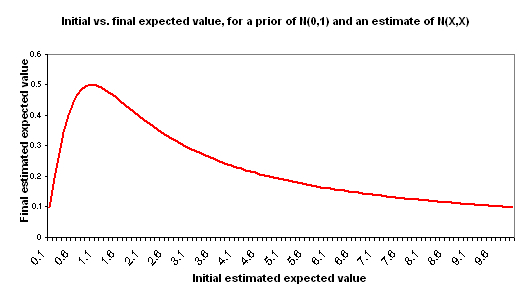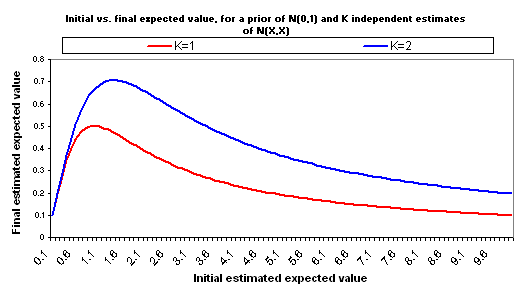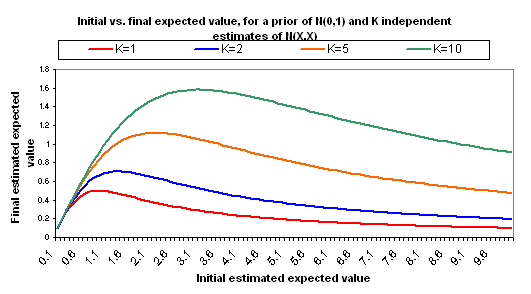GiveWell has published our annual update on how to accomplish as much good as possible with your donations.
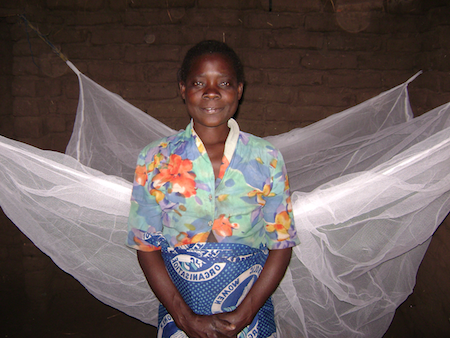 Our top two charities – out of hundreds we’ve examined – are (1) the Against Malaria Foundation, which fights malaria using insecticide-treated bednets, and (2) the Schistosomiasis Control Initiative, which treats children for intestinal worms.
Our top two charities – out of hundreds we’ve examined – are (1) the Against Malaria Foundation, which fights malaria using insecticide-treated bednets, and (2) the Schistosomiasis Control Initiative, which treats children for intestinal worms.
Our update is the result of a full year of intensive research: examining hundreds of charities, contacting the most promising ones, and completing in-depth investigations that include
- Conversations with representatives
- Examination of internal documentation including monitoring and evaluation reports, budgets, and plans for using additional funding
- Reviewing independent literature and evidence of effectiveness of the charities’ programs
- Site visits to charities’ work in the field
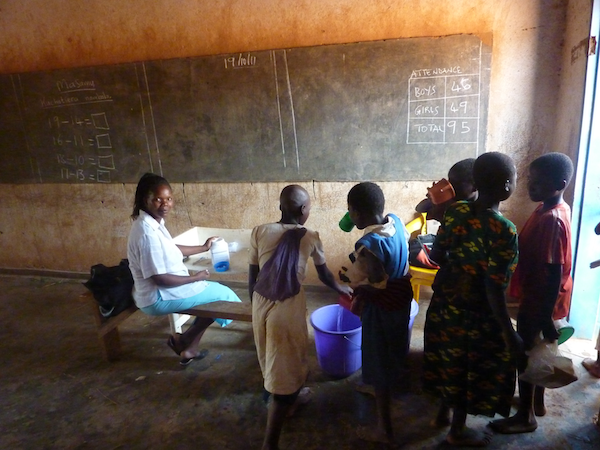 We have published the full details of our process, including a list of all charities examined and reviews for those examined in-depth.
We have published the full details of our process, including a list of all charities examined and reviews for those examined in-depth.
Our top two charities are outstanding on all fronts. They execute proven, cost-effective programs for helping people. They have strong track records. They have concrete future plans and room for more funding. They are transparent and accountable to donors.
We also have identified five other standout organizations for donors interested in other causes. These are GiveDirectly (cash grants to poor households in Kenya), Innovations for Poverty Action (research on how to fight poverty and promote development), Nyaya Health (healthcare in rural Nepal), Pratham (primary education in India), and Small Enterprise Foundation (microfinance in South Africa).
Note that last year’s top-rated charity, VillageReach, does not have projected short-term funding needs (it expects to be able to meet these needs with funds not driven by GiveWell), as discussed previously.
The charities above all work in the developing world. Our top recommendation for donors who want to support causes in the United States is KIPP Houston, an outstanding charter schools facing budget cuts.
Over the last year, we drove over $1.6 million to our top-rated charities. We hope to drive substantially more over the coming year.

